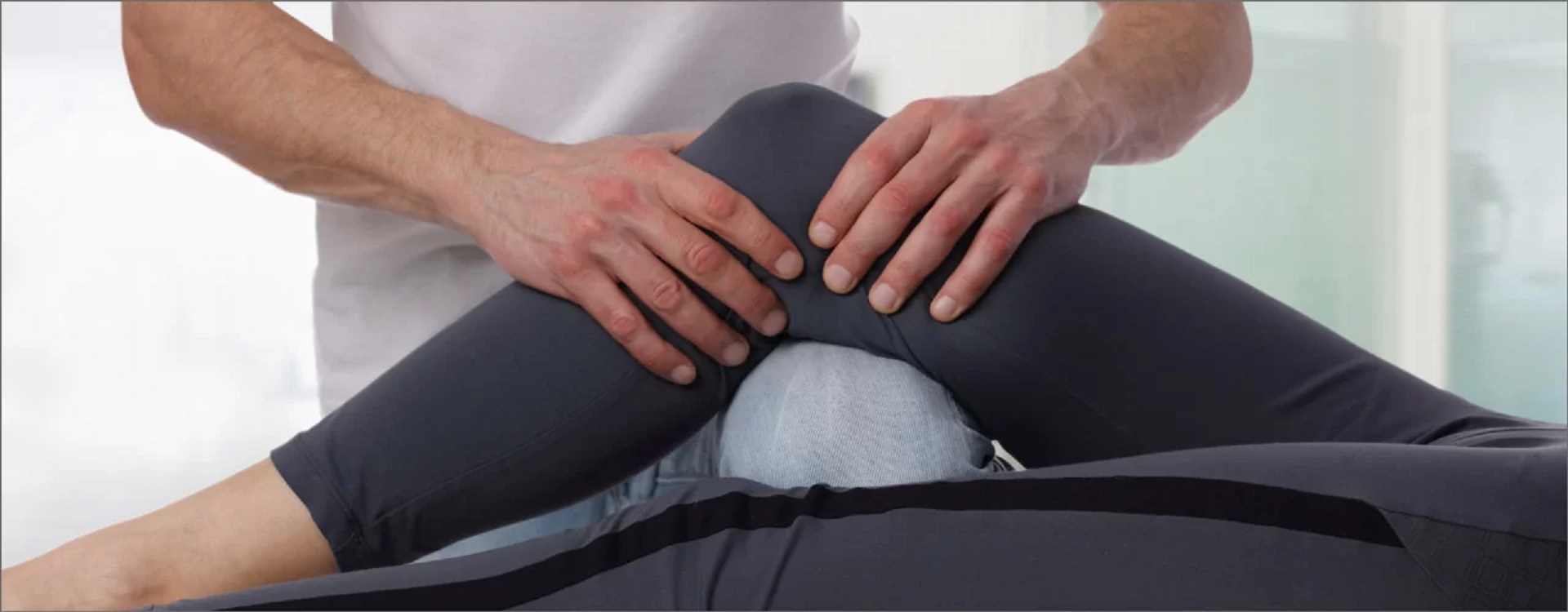Joint mobilization is an example of a hands-on treatment and is a form of passive movement technique for musculoskeletal conditions. This technique, which is considered manual therapy, is usually performed by certified physical therapists. This usually involves applying force that would mimic the glide that happens in between the bones.
Joint mobilization is usually done at a slow speed, with or without oscillations or a stretch. This technique is usually graded and is varied based on two factors: pain tolerance of the patient and the acuity of the patient’s condition. In comparison, manipulation technique is more aggressive using high velocity thrusts.
The main aim of joint mobilization is to restore the normal joint play that might have been compromised by damage or injury. Normal motion of the affected joint will restored more quickly if it is addressed early in the treatment program. Also, mobilization is in cases when range of motion is lacking.
The varying grades of joint mobilization are from grades 1 – 5. Grades 1 – 4 deals with the knee range of motion, starting from partial movement to end of range movement. Grade 5 is more of manipulation than mobilization.

Exercises that are considered joint mobilization are flexion, extension, tibia femoral glide, patella motion, long axis distraction and other motions like lateral movement and rotation. When executed properly, these exercises can greatly help in reducing pain and in restoring joint play.
For example, knee flexion is a knee bending exercise. For joint mobilization, it is highly recommended to use grades 1 up to 3 initially. With the patient lying on his/her stomach, the knee is slowly oscillated, back and forth. Up to ten oscillations can be done in two sets to start off and can be increased as the patient’s tolerance allows.